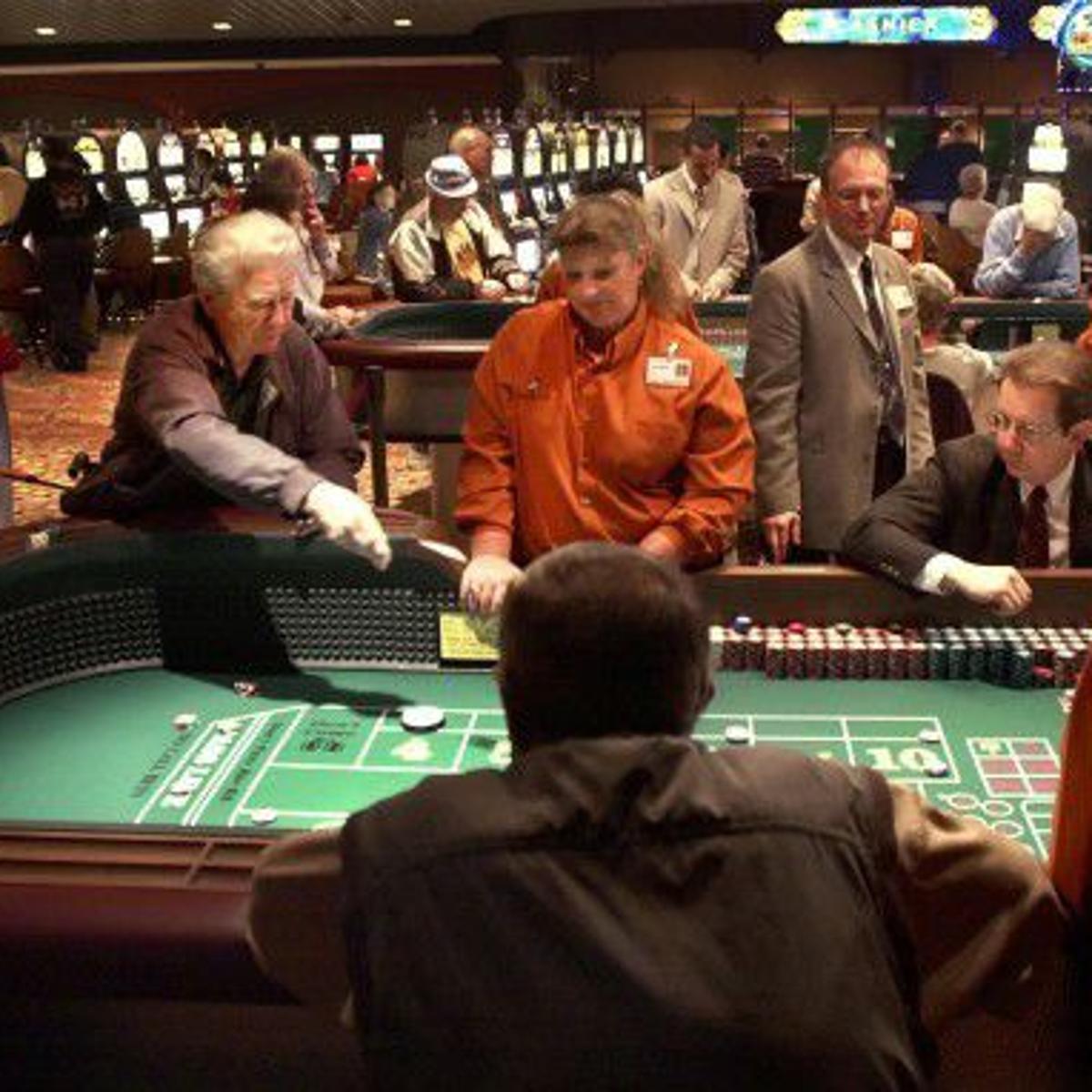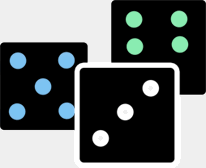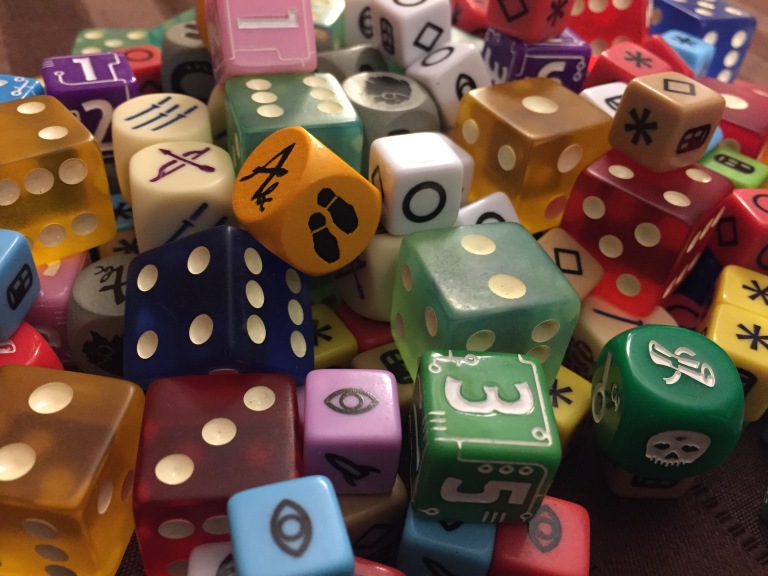Dice Mechanics Craps
- Dice Mechanics Craps Rules
- Dice Mechanics Craps Games
- Dice Mechanics Craps Machines
- Dice Mechanics Craps Machine
Articles by DiceMaster
Dances With Dice

45 Degrees of Nonsense
So, if you’re reluctant to roll the dice at a live table, then you have yet another good reason to play craps online. As mentioned in our other articles, the benefits of playing craps online are abundant, but if you’re going to play at a live table, you should know how to handle the dice. The controlled throwing of dice is a physical skill which requires hours of practice to master. It is not easy and some players never master it. Perfecting a controlled throw is not enough to guarantee regular wins at the craps table. You will also need to learn how to bet properly to take advantage of your edge.
I think we can all agree that imparting the least amount of energy to the dice such that chaotic motions are minimized is ideal for the DI. But does this mean that they need to land with a '45 degree angle'? Not necessarily...
5 Counts of Statistical Ignorance
Regarding the 5 count system: If you do the math you will find that the TOTAL AMOUNT OF MONEY LOST as a percentage of the wager is exactly the same for the 5 count as it is for the bet all.
Getting into the 'Zone'
Athletes do it, Artists do it, and so should you. Do what? Get into the zone!
24 Sets, No Waiting
While there's 576 ways to set the dice pre-toss, there are only 24 sets we are concerned with...

Of Math and Men
Unlike cards, where probability varies due to deck loading, craps advantages are based WHOLLY on the skill of a shooter to impart an equal and controlled force to both dice....
Advantage on combined wagers, part one.
House advantage on the box numbers is a bit tricky, and in fact can be looked at in a number of ways, giving different apparent results (Graphs included)...
Advantage on combined wagers, part two.
As a DI, you will most likely not have even distribution among non-seven numbers. Thus you need to assess your personal number distribution to understand your true advantage....
Relative Phase data is the same kind of idea as, if a die was unbalanced (weighted) over a large number of 'random' rolls, it would be clear that the die was favoring a certain number or numbers.Having said that, I'd like to say that I am interested more in the rigid body dynamics of dice than predictions based on any other model.
Why? Unlike cards, where probability varies due to deck loading, or roulette, where mechanical biases result in certain numbers being more prominent, craps advantages are based WHOLLY on the skill of a shooter to impart an equal and controlled force to both dice.
There are numerous ways to track and assess any advantage a shooter may have, and I don't believe there is any one 'right' way (though there may be a few 'wrong' ways).
Considering the physical model of the manner the rigid bodies act, and based on my video analysis of dozens of throws, I consider 'relative' activity to be very important.
The 2 dice are not independent, but semi-independent.
1) They do interact, at least at the very beginning of the toss, and sometimes later in the toss and roll out.
2) They are launched at the same time by the same hand.
3) They land on the same table.
I would only call them fully independent if they were thrown at separate times!
As such, I consider relative dice movements to be of great importance to the DI.
Dice Mechanics Craps Rules
A high primary score means that the DI is throwing the dice with high correlation. If the primary is a primary OFF the pitch axis, it's still a primary, and it means one of two things:1) The dice received relatively equal forces and reacted with the table in relatively equal ways, to have a coherent result.
 2) It was purely random.
2) It was purely random.Item (2) above can be applied to every single outcome. Was an outcome a factor of chaos, or not?
The only way to claim it is a factor of influence is to examine a large number of outcomes, and then look for deviation from random.
If you find significant deviations from random, and those deviations are well distributed across the sample data, then you can claim that they are a result of influence.
The *degree* of credibility of the appearance of influence depends on the amount of sample data, and the deviation from random that is indicated (the smaller the deviation from random, the larger the amount of sample data required to validate to a certain level of confidence).
Having said all this, the idea that a throw has results that indicate some movement off the pitch axis cannot also possess an element of control is not supported by data I have collected, including video analysis of tosses.
How do you know if a pair of dice land on a primary, and did so staying on e pitch axis? You don't. They could have easily both rotated from the pitch to the yaw axis equally, and still rolled out to a primary.
In fact, it appears that overhand tosses with high backspin do this quite alot (due to gyroscopic precession effects).
It is STILL a controlled throw.
Dice Mechanics Craps Games
Ultimately, it is the MECHANICS of the toss that are important and no mathematical theory can change that - all math can do here is validate influence, and not 'create' influence as math can do with Blackjack.Math may be assistive in choosing sets, or creating wagering strategies, and it may be assistive in indicating flaws in one's toss mechanics. But it can't 'create' influence. That task is solely up to the skill of the shooter to manipulate the mechanical outcome of the dice.
Dice Mechanics Craps Machines
And if one or both die change the dominant rotational axis before coming to rest, that does not necessarily mean those die are no longer 'influenced'.
Cheers

Dice Mechanics Craps Machine
Dances With Dice

DiceMaster